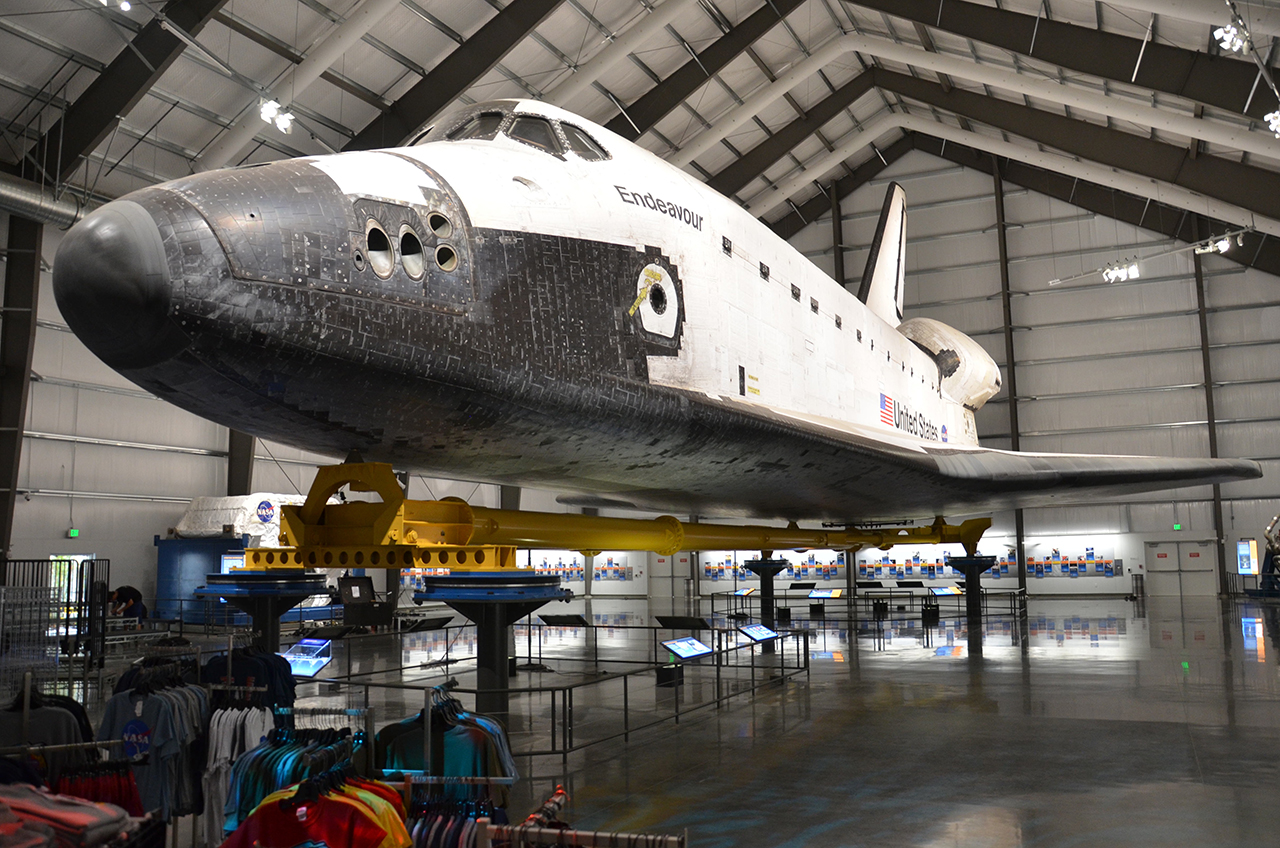
Space Shuttle Endeavour has flown 19 flights, spent 206.60 days in space, completed 3,259 orbits, and flown 85,072,077 miles (136,910,237 km) in total, as of February 2003. The corresponding power equipment will be added to ISS during the planned STS-116 station assembly mission, and Endeavour will first fly with SSPTS capability during planned STS-118.
SPACE SHUTTLE ENDEAVOUR UPGRADE
This upgrade will allow Endeavour to remain on-orbit while docked at ISS for an additional 3- to 4-day duration. The Station-to-Shuttle Power Transfer System (SSPTS), which converts 8 kiloWatts of DC voltage from the ISS main voltage of 120VDC to the orbiter bus voltage of 28VDC.Modifications resulting from a 2005-2006 refit of Endeavour include: An improved version of the Auxiliary Power Units (APUs) that provide power to operate the Shuttle's hydraulic systems.Updated avionics systems that include advanced general purpose computers, improved inertial measurement units and tactical air navigation systems, enhanced master events controllers and multiplexer-demultiplexers, a solid-state star tracker and improved nose wheel steering mechanisms.The plumbing and electrical connections needed for Extended Duration Orbiter (EDO) modifications to allow up to 28-day missions (although a 28-day mission has never yet been attempted the current record is 17 days, which was set with the Columbia orbiter).


Most of this equipment was later incorporated into the other three orbiters during out-of-service major inspection and modification programs. During this time, the Orbiter received major hardware upgrades, including a new, multi-functional, electronic display system, often referred to as glass cockpit, and an advanced GPS receiver, along with safety upgrades recommended by the Columbia Accident Investigation Board (CAIB) for Shuttle return to flight after the disintegration of sister-ship Columbia during re-entry on February 1, 2003.Īs of September 2006, Endeavour is housed in the Orbiter Processing Facility Bay 2 at NASA's Kennedy Space Centre in Florida, where it is prepared for its next mission to the International Space Station, STS-118, currently scheduled for June 2007.Įndeavour features new hardware designed to improve and expand orbiter capabilities. This is why the name is spelled in the British English manner, rather than the American English spelling of "Endeavor."Įndeavour completed its latest Orbiter Major Modification period, which began in December 2003, and ended on Thursday, October 6, 2005. The orbiter is named after HM Bark Endeavour, the ship commanded by 18th century explorer James Cook the name also honored Endeavour, the Command Module of Apollo 15. In December 1998, it delivered the Unity Module to the International Space Station.Įndeavour was named through a national competition involving students in elementary and secondary schools. Endeavour was withdrawn from service for eight months in 1997 for a retrofit, including installation of a new airlock. In 1993, it made the first service mission to the Hubble Space Telescope. On its first mission, it captured and redeployed the stranded INTELSAT VI communications satellite. Rockwell International claimed that it had made no profit on Space Shuttle Endeavour, despite it costing $2.2 billion USD. The decision to build Endeavour was favored over refitting Enterprise because it was cheaper.Įndeavour was delivered by Rockwell International in May 1991 and first launched a year later, in May 1992, on STS-49. Structural spares from the construction of shuttles Discovery and Atlantis were used in its assembly.

The United States Congress authorized the construction of Endeavour in 1987 to replace Challenger, which was lost in an accident in 1986.

Space Shuttle Orbiter Endeavour ( NASA Orbiter Vehicle Designation: OV-105), is the fifth and final operational NASA space shuttle to be built. Space Shuttle Endeavour on the launch pad prior to mission STS-113, November 22, 2002.


 0 kommentar(er)
0 kommentar(er)
